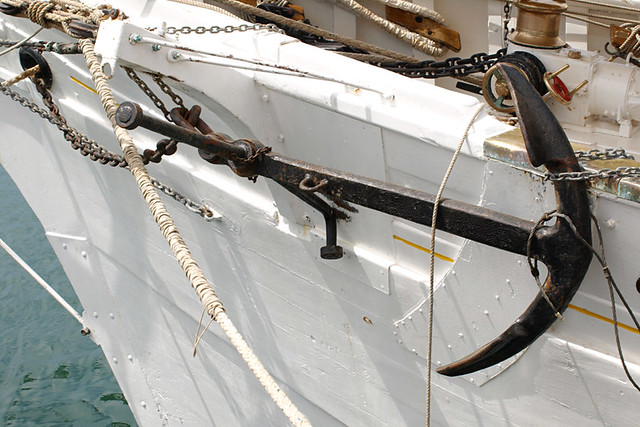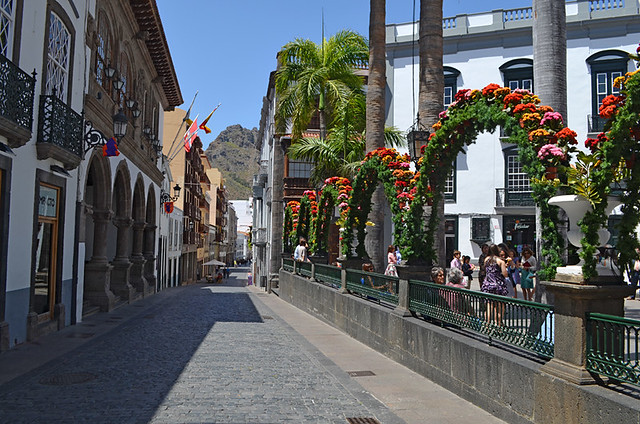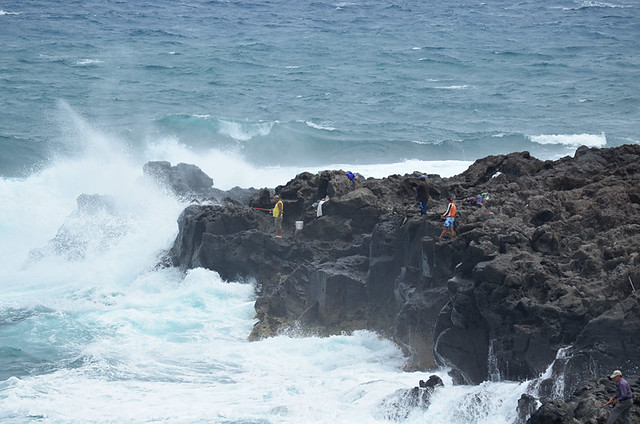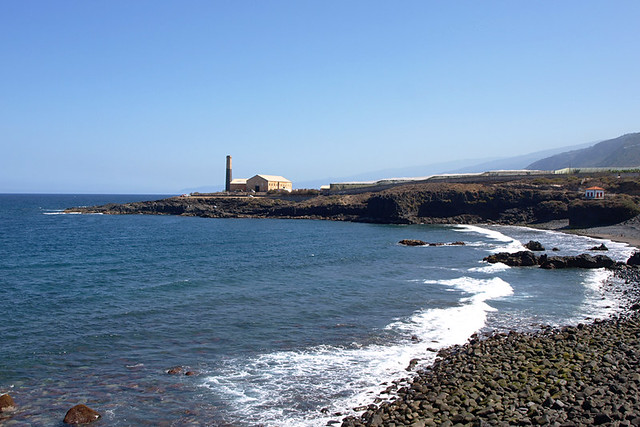I write this, hit a button and instantly it can be seen around the world. The ease with which we can communicate globally is something we take for granted.
In the late 19th century on Tenerife such an idea would have seemed like magic. Even though the sending of telegraphs began in 1837, by 1880 on Tenerife and the Canary Islands if you wanted to communicate with anyone overseas the only way to do so was by sending mail by ship.
That changed in 1883 when the Spanish Government decided to commission the laying of a submarine telegraph cable linking Cadiz with the Canary Islands.
A British cable laying company (the wordy India Rubber, Gutta Percha and Telegraph Works Company Limited) was given the contract of connecting the islands with mainland Spain. Thanks to the journals of some of those on board the ships involved there are records of what might sound like a quite mundane task these days, but at the time was quite a voyage of discovery.
H. Laws Webb, a technician on board one of the ships, described the scene on deck as the ships set sail as being “a scene of confusion” thanks to the tonnes and tonnes of coiled cables and associated equipment. Many items, as Laws Webb put it, were labelled with “queer-sounding Spanish names indicating their ultimate destination”.

The expedition didn’t get off to the smoothest start. When they started to lay the cable at Cadiz work was immediately halted by the local coastguard (carabineros) who had been given no prior notice. Even though there were Spanish officials on board the ships, the coastguards were having none of it. Laws Webb described it wonderfully – “they were obdurate, and, having received no instructions, were bent upon vindicating their authority. Your true Spanish official is nothing if he is not dictatorial, and the lower his rank the more authoritative he becomes.”
The carabineros were taken to the ship’s bar for ‘negotiations’. Whilst they were distracted the cable layers got on with placing the first section of cable.
It took them weeks to work their way towards the Canary Islands, with not much of any note happening in the process apart from one point, when the ships passed over an unexpected undersea mountain range, when some sailors thought they had discovered the lost island of Atlantis.

Their first port of call was Las Palmas on Gran Canaria. From there they spent the following two weeks travelling between islands to map out how they would connect each.
What’s particularly interesting is the cable layers were treated like heroes when they sailed into Canarian ports. A ball was arranged in their honour on Gran Canaria. The ship’s crew were surprised to discover just how grand the shindig was, with elegant ladies decked out in the latest fashions and wearing expensive jewellery.

La Palma’s capital Santa Cruz was decorated as if a fiesta was taking place and another grand ball was held there. Whilst in Garachico on Tenerife the ship’s officers and main technicians were given what was basically a victory parade through the streets, cheered on by the locals and accompanied by a marching band.
Thanks to a combination of the lively Atlantic and a difficult rocky shoreline around Garachico, where the cable was due to be laid, there were a few final hitches – snapped cables caused by bad weather making the job almost impossible. But after a few days the sea calmed and on 22 November 1883 the final section of cable was put in place. Tenerife was linked with the outside world.

Although a momentous occasion in 1883, it’s an event which has more or less become forgotten over the passage of time. The little hut built to house the telegraph cable wasn’t actually in Garachico, it was in neighbouring Los Silos. It’s still there, or a newer version of it is at least, standing alone and anonymous on the rocky north west Tenerife coast.




Be the first to comment